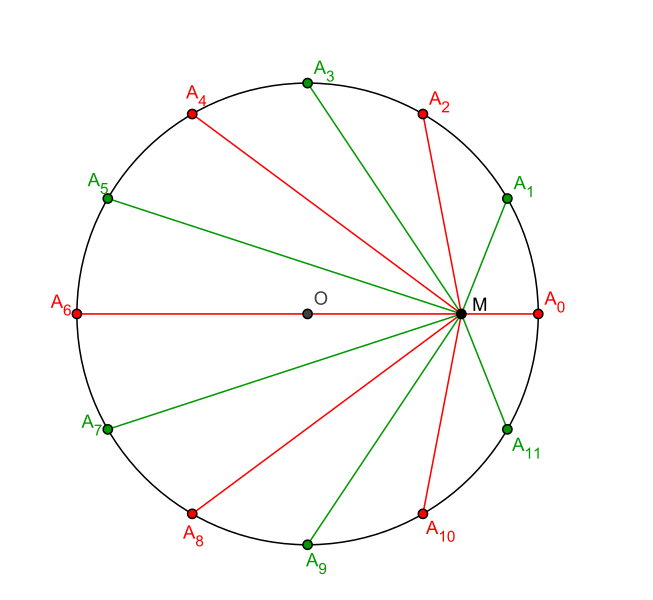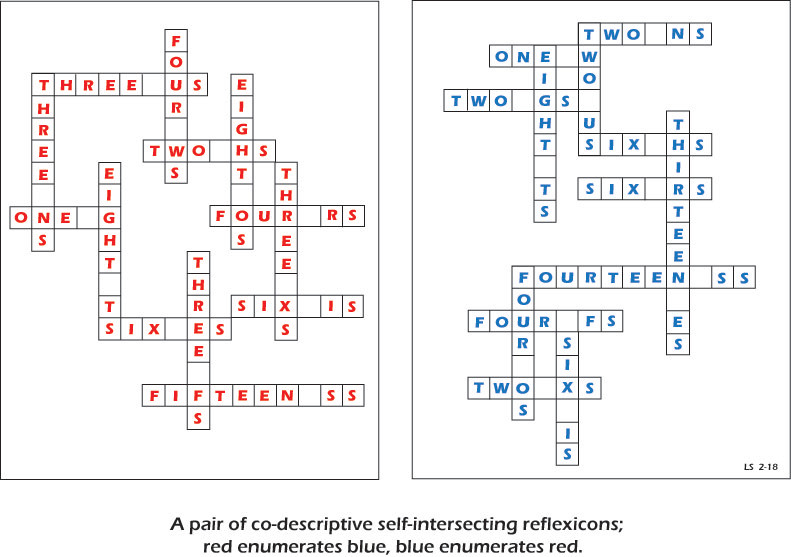
In 2022, amateur mathematician David Smith discovered a remarkable tile that will cover an infinite plane but only in a nonperiodic way.
This solves an open problem in mathematics — for years researchers had been seeking an aperiodic monotile, or “einstein,” from the German for “one stone.”
Technically Smith’s tile, known as the “hat,” must be used in combination with its mirror image. But last year his team found another nonperiodic tile, known as the spectre, which is strictly chiral — that is, not only will it tile the plane without its mirror image, but it must be used in that way.




